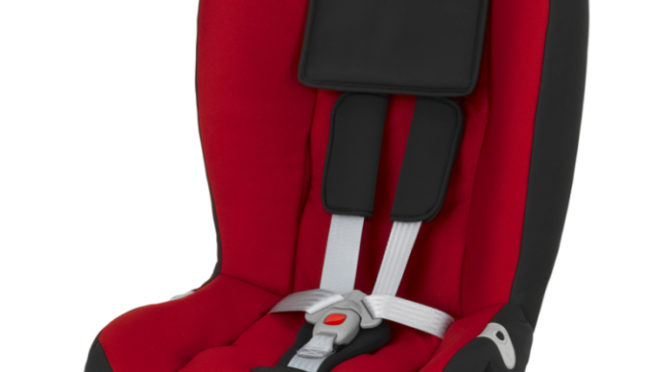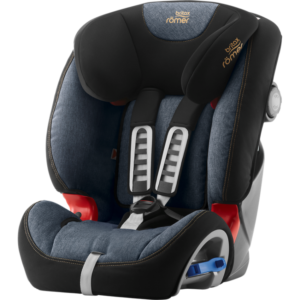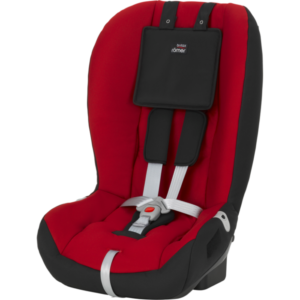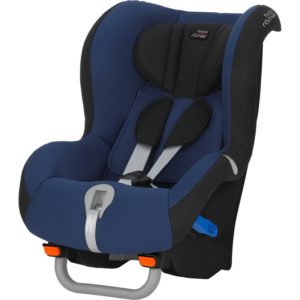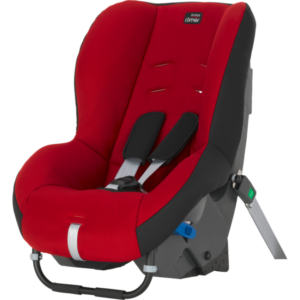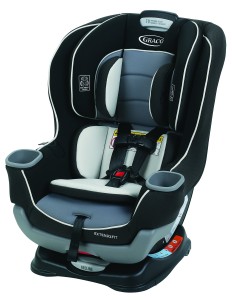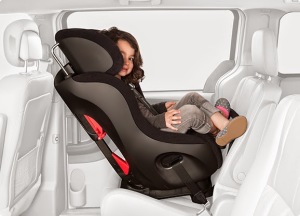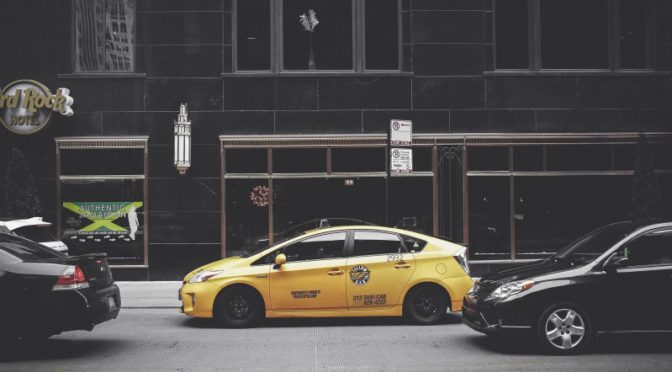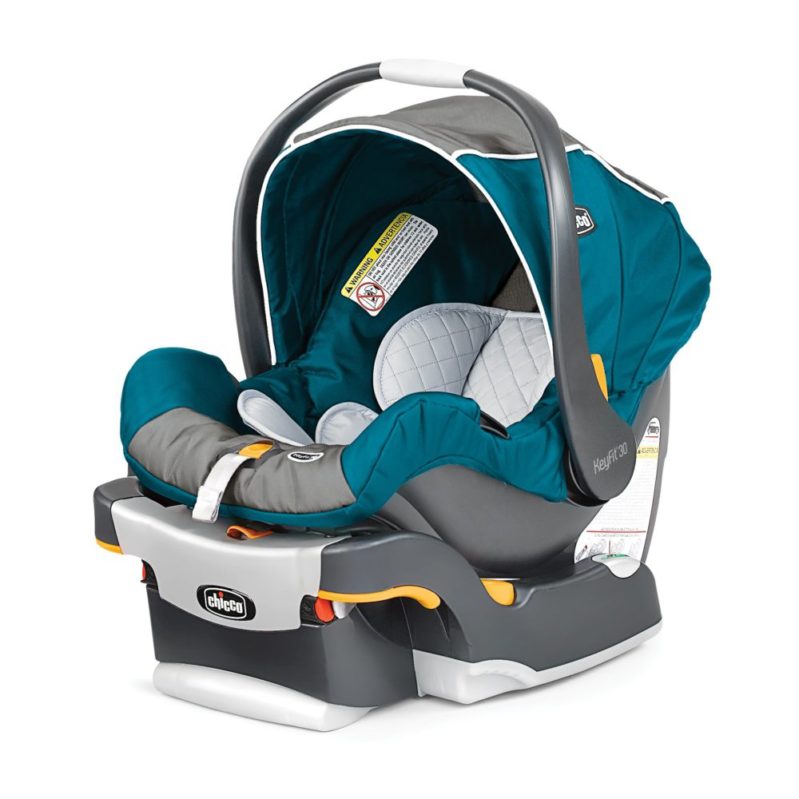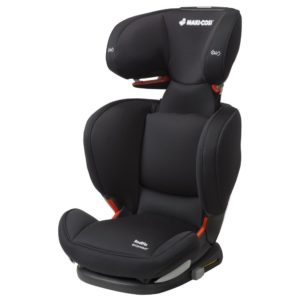
Many adults who see themselves as safety-minded drivers often forget that the rules of physics apply equally when they drive and when they’re simply passengers in moving vehicles. Specifically, it’s easy to forget that you need to wear seat belts when you use taxis, Ubers, and Lyfts, or that children need to use car seats and seat belts even on short trips in your neighborhood. Today we’re going to look at why adults wear seat belts less frequently when they’re back seat passengers, which risks they pose to other occupants, and whether or not our laws are encouraging better habits or enabling poorer ones. Buckle up!
Most adults use seat belts, but are more likely to ride unbuckled in the back

As you might have guessed from the title of this article, there are a significant number of adults who aren’t wearing seat belts whenever they travel in vehicles. Observations of belt use in 2015 suggested 89% of drivers and front-seat passengers use seat belts (which is good, but still less than in a number of fellow wealthy countries in Europe and Asia). However, only 75% of adults who sat in the backs of vehicles were observed to use seat belts. In other words, in a car with 4-5 adults, on average, at least 1 will be unbelted. This is quite dangerous; we’ll go into why in a moment.
A 2016 IIHS phone survey revealed similar numbers; while 91% of adult respondents claimed to use seat belts every time they sat in the front row, only 72% stated they did the same whenever they sat in a rear row. The numbers are slightly different from the 2015 observation, but they’re close enough to be judged as equal. The key point is that while roughly 9 out of 10 adults will buckle up when driving or shotgunning, only 7 out of 10 will when sitting in the back.
What kinds of risks are they running?
Big ones. And not just for themselves, but for everyone unfortunate enough to ride with them.
One unbuckled passenger can spell death for everyone else in a vehicle
Per previous studies, unbelted back-seat passengers increase the risks of serious injury and death for front-row drivers and passengers, even if those occupants are wearing seat belts. Similarly, unbelted occupants–wherever they are–increase the risks of injury and death for adjacent belted occupants. It’s estimated that an unbelted occupant increases death risks for all vehicle occupants by 40 percent. And if you’re a belted driver with an unbelted passenger behind you, your risks of dying in a crash shoot up by 137 percent.
Why aren’t adults wearing seat belts in the back seats, and which adults are least likely to buckle up?
Per the IIHS telephone survey, 35 to 54 year-old adults were least likely to use seat belts when traveling in the back seat; their percentage of compliance was at 66 percent, significantly lower than the 73 percent of adults between 18 and 34 and 76 percent of age 55 and older adults. Beyond these demographics, men were less likely to use seat belts than women, as were less educated individuals (those without college educations).
On top of these results, the status of the vehicle made a huge difference: only 57 percent of rear-seat passengers in taxis, Ubers, limousines, and similar hired vehicles reported always using seat belts, while this number jumped to 74 percent of rear-seat passengers traveling in personal, non-hired vehicles. As I’ve noted earlier, it’s essential to use seat belts and car seats in taxis, and there are many taxi / Uber fatalities each year involving unbelted passengers. Perhaps the most famous of the last twenty years was Princess Diana. There are no second chances with death.
When asked to provide reasons for not using seat belts, the primary reason provided was a mistaken perception that rear seats were safer than front seats, rendering seat belts unnecessary. This, of course, is incorrect. Adults also responded that they didn’t have a habit of using seat belts, that they forgot to do so, or that they never or rarely used them. Some adults claimed they found seat belts uncomfortable, while a few said they could not find them when they wanted to use them. Overall, the majority of responses were either tied to safety ignorance or deliberate seat belt refusal.
Do our laws encourage best practices or enable irresponsibility?
If we’re asking this question in a country that’s been raising speed limits in state after state while most countries have been decreasing them, the answer’s not going to come as much of a surprise. While 49 of the 50 states require front-row seat belt use (New Hampshire does not), only 29 states do so for rear passengers. Federalism fails again! Much as each state gets to set its speed limits, all the way from reasonable (Hawaii at 60 mph) to super-crazy (parts of Texas at 85 mph) or each state gets to decide that 1 is good enough for rear-facing, each state gets to decide whether or not it’s necessary for back seat passengers to use seat belts, or whether the laws of physics only apply to front-seat occupants. This is also a factor in the wildly disparate rates of per capita fatalities across the US. Some states are simply safer than others. Of the 29 non-crazy states that believe all occupants in a moving vehicle should be somewhat restrained, only 20 of them use primary enforcement, or allow police to stop drivers for seat belt non-compliance. In the other 9, it’s a secondary offense, which means police need additional reasons to stop vehicles besides seat belt-related ones. Nationally, 30 states use primary enforcement while 18 rely on secondary enforcement.
Our laws are a reflection of our society’s values. We don’t really value seat belt use for adults. Considering that they reduce the odds of death by about 50% in a serious crash and we lose around 35,000 individuals a year in auto deaths with most of them traveling in passenger vehicles, it’s not hard to see how we’re leaving thousands of lives on the table–or rather, allowing thousands to end needlessly. Per the NHTSA, 13,941 lives were likely saved by seat belts in 2015, and 2,800 more could have been saved with full compliance.
 If you find my information on best practices in car and car seat safety helpful, you can buy my books here or do your shopping through this Amazon link. Canadians can shop here for Canadian purchases. Have a question or want to discuss best practices? Send me an email at carcrashdetective [at] gmail [dot] com.
If you find my information on best practices in car and car seat safety helpful, you can buy my books here or do your shopping through this Amazon link. Canadians can shop here for Canadian purchases. Have a question or want to discuss best practices? Send me an email at carcrashdetective [at] gmail [dot] com.








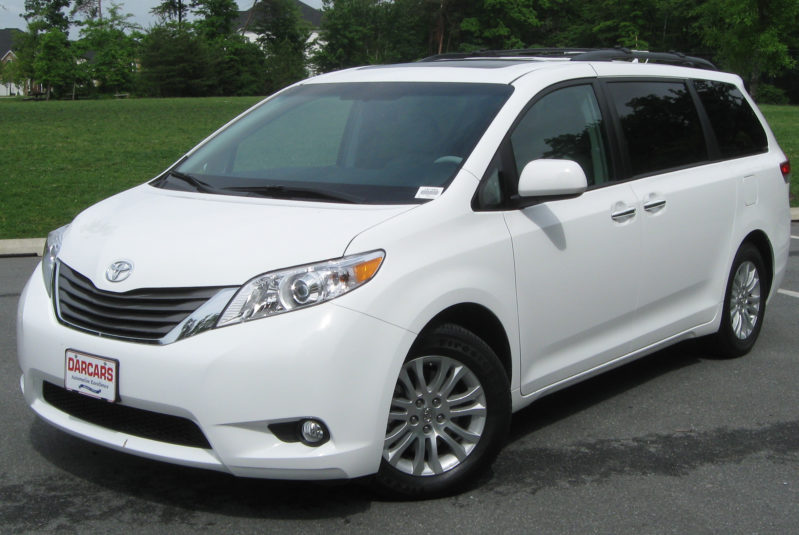
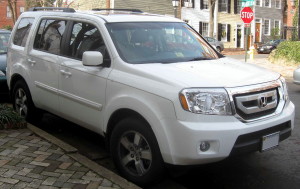
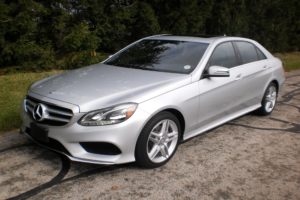
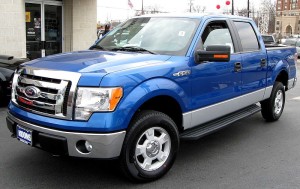
 No, it isn’t. The sole advantage of 4WD is, when paired with suitable tires, an increased ability to extricate the vehicle from low-traction situations. This means an improved ability to get moving in mud, slush, snow, and similar wet/dry situations. 4WD will not help you stop any sooner than 2WD in a vehicle matched by road conditions, speed, mass, tire size and tread, and brake quality. Every 4-wheeled vehicle on the road already has 4-wheel braking, and ABS will already do more to stop you than you ever could. Similarly, 4WD will not help you steer; every 4-wheeled vehicle already has 2-wheel steering, and ESC will do more to keep you heading in your intended direction than anything you could ever imagine; that’s what makes it life-saving technology.
No, it isn’t. The sole advantage of 4WD is, when paired with suitable tires, an increased ability to extricate the vehicle from low-traction situations. This means an improved ability to get moving in mud, slush, snow, and similar wet/dry situations. 4WD will not help you stop any sooner than 2WD in a vehicle matched by road conditions, speed, mass, tire size and tread, and brake quality. Every 4-wheeled vehicle on the road already has 4-wheel braking, and ABS will already do more to stop you than you ever could. Similarly, 4WD will not help you steer; every 4-wheeled vehicle already has 2-wheel steering, and ESC will do more to keep you heading in your intended direction than anything you could ever imagine; that’s what makes it life-saving technology.
